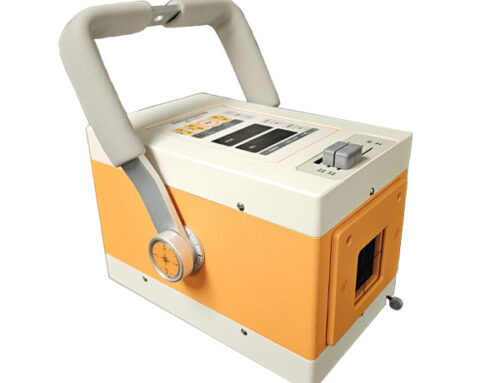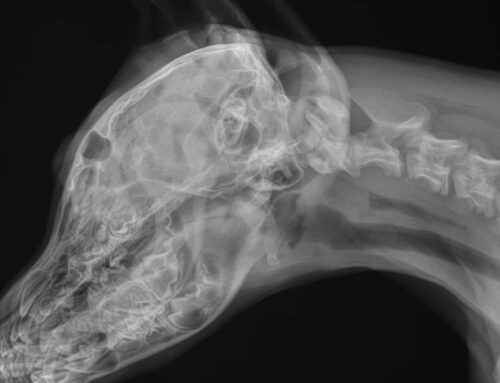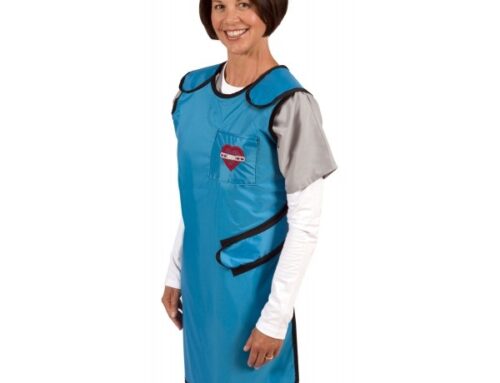Spring is “kitten season” and that means thousands of newborns join the millions of cats already in shelters across the country. Your local shelter staff is ready to assist you in finding your perfect fur baby match.
Adopt-a-Cat month is part of a larger effort by the American Humane Association to help these wonderful animals, as well as focus on and help solve the unique challenges and issues they face. Although cats have often been referred to as America’s “Most Popular Pet,” they receive less veterinary care, have less research dedicated to their unique health/behavioral issues, are more likely to be feral, and are more likely to be euthanized in shelters than dogs. To help people do their part now, here is a Top 10 checklist if you’re thinking of adopting:
Top 10 Checklist for Successful Adoption
- Consider two—Cats require exercise, mental motivation and social contact. A twosome of feline can provide this for each other.
- Personality matters—Find a cat whose character works with yours. According to the Humane Society, cats with long hair and round heads and bodies are more easygoing than lean cats with narrow heads and short hair (anyone know why?), which are typically more active. Seek the assistance of a shelter counselor for advice on how to choose the perfect pussycat for you.
- Select a vet—Arrange a visit a few days post-adoption. If your new special friend is a kitten, set up a visit pre-exam; that way the staff and the pet can create a happy association. And don’t forget to bring along any medical records you might have received.
- Adoption is a family affair—Make sure everyone in the house is prepared. When adopting a new cat with existing pets at home, discuss with the adoption facility how to make a proper introduction.
- Re-examine your bank account—Adopting a pet can be a costly responsibility. Remember, your new friend will be with you for many years to come. Shelter cats are a bargain; many have already been spayed or neutered, received initial vaccines, etc. Speak with your local adoption center to find out all the details.
- Stock up for the new arrival—Your cat will need a litter box, cat litter, food and water bowls, food, scratching posts, toys, a snuggly bed, a brush for grooming, etc.
- Safety first—A curious cat will change your housekeeping. Food left on the kitchen counter will teach your new friend to jump on counters when looking for a snack. Get rid of loose items your cat might chew on, watch to ensure the kitten isn’t chewing on electric cords, and pick up items like loose coins (which kittens may swallow).
- Set a time for introductions—It can take several weeks for a cat to accept a new environment. Be sure to supply a “safe area” that includes a litter box, food and water, bedding and toys. If you’ve adopted a kitten, socialization is very important. But remember—slowly, slowly.
- Emergency plans need to be updated– Adjust this plan to include your pets. Add phone numbers for your veterinarian and a 24-hour animal hospital to your “in-case-of-emergency” call list. Stock a few days of food and any medication.
- Gifts are great if they’re wanted—Remember, adopting a cat isn’t like purchasing a car or a piece of jewelry—this is a living thing that demands care and love for happy years to come.






